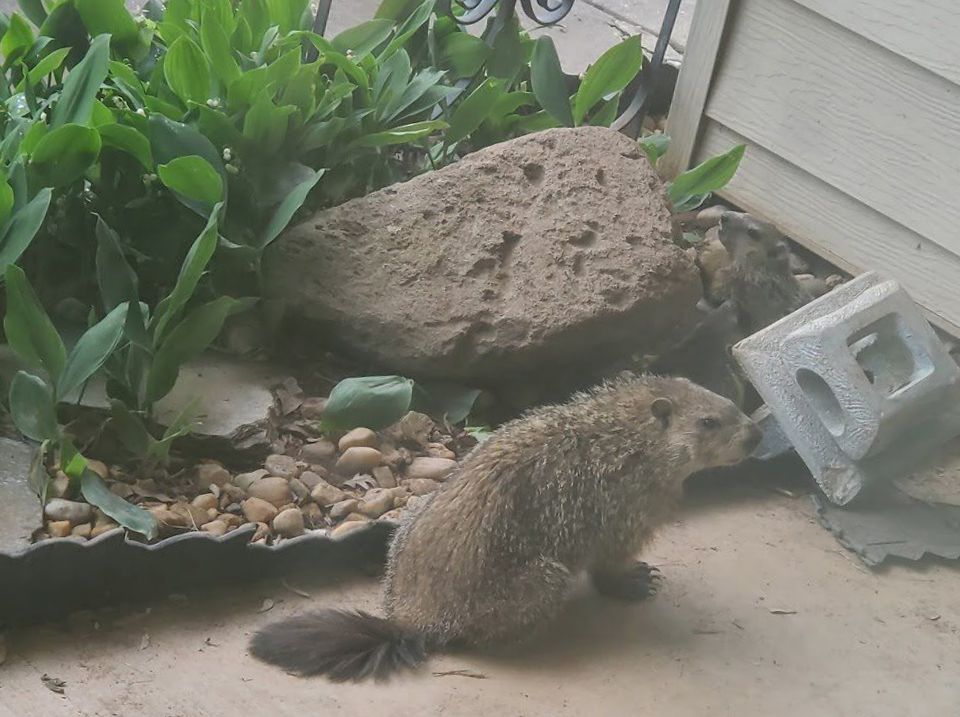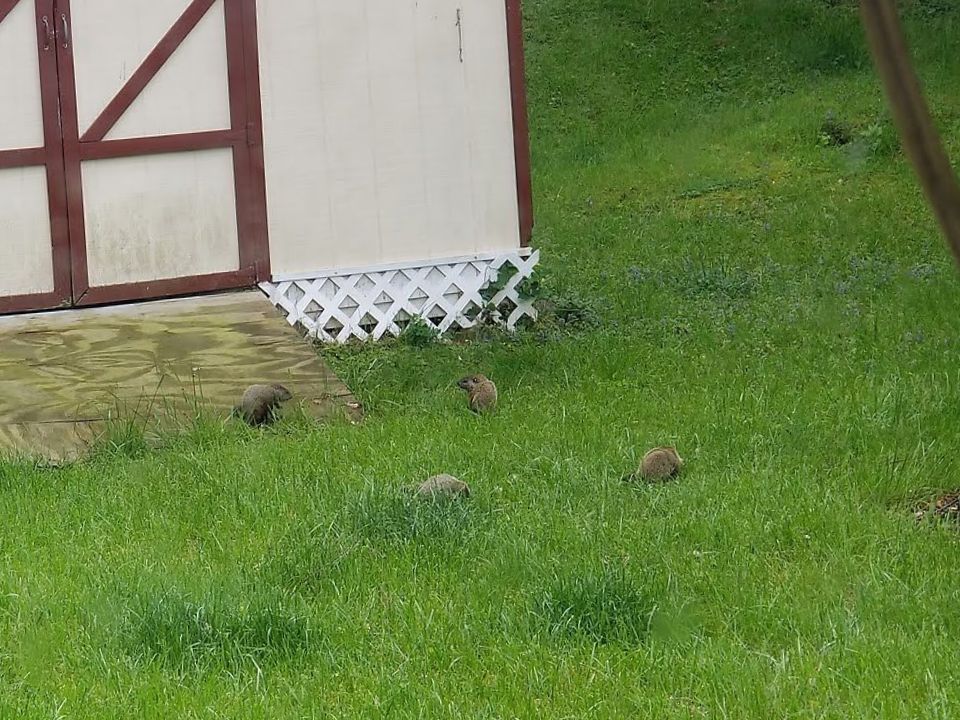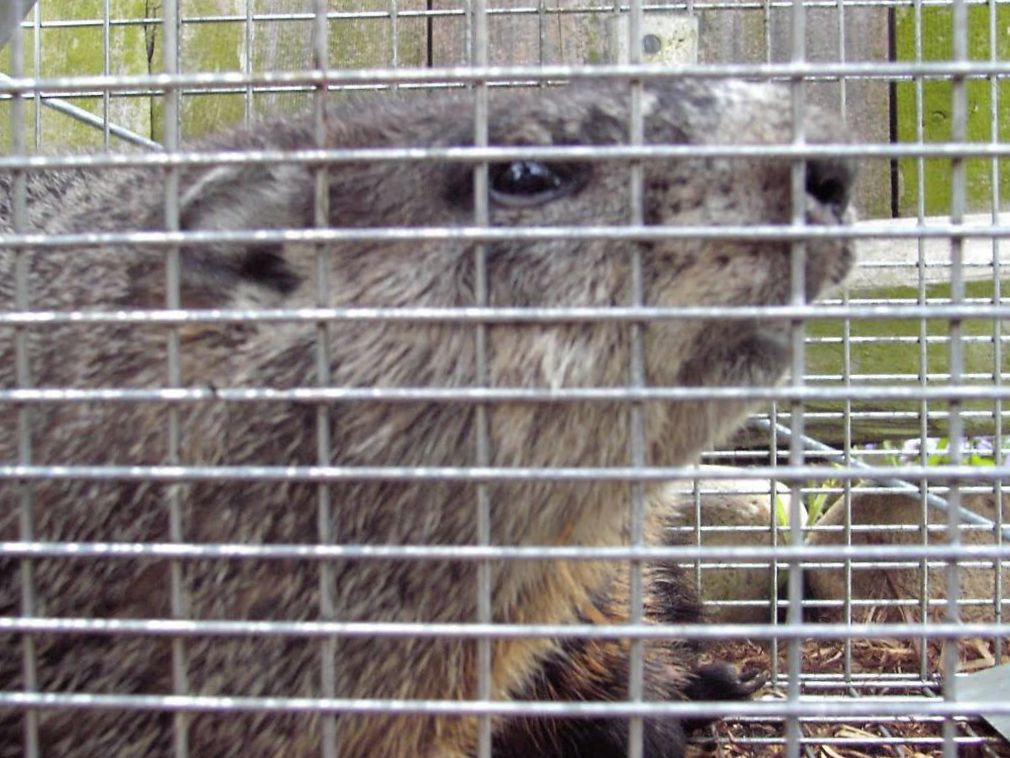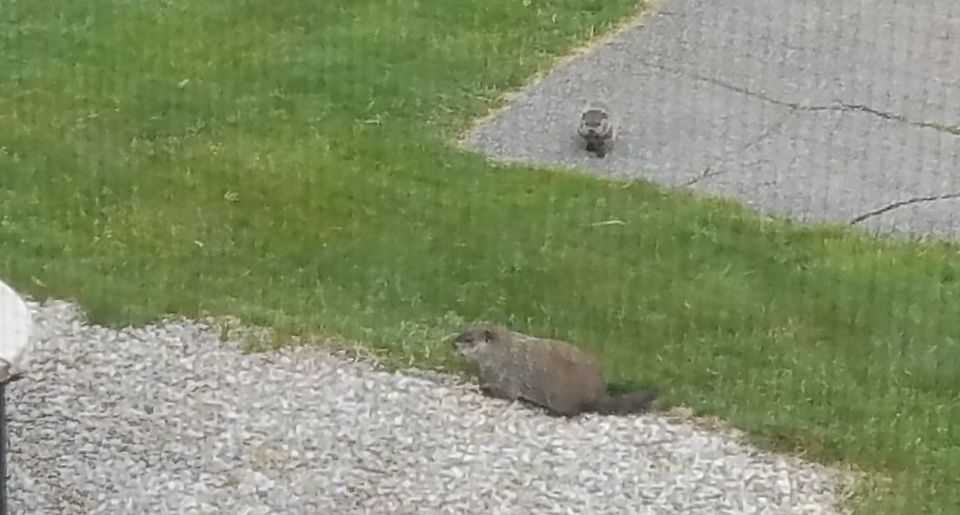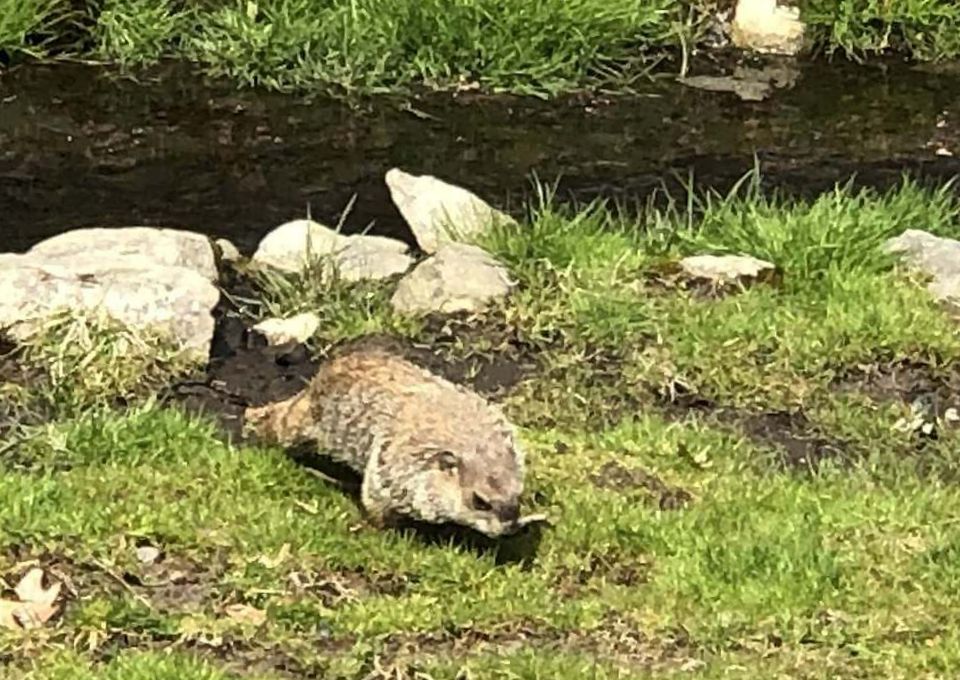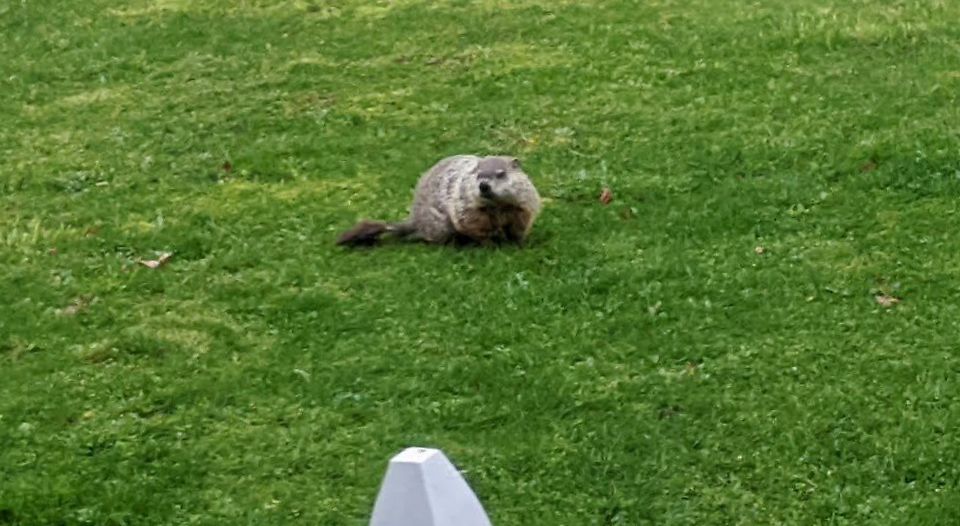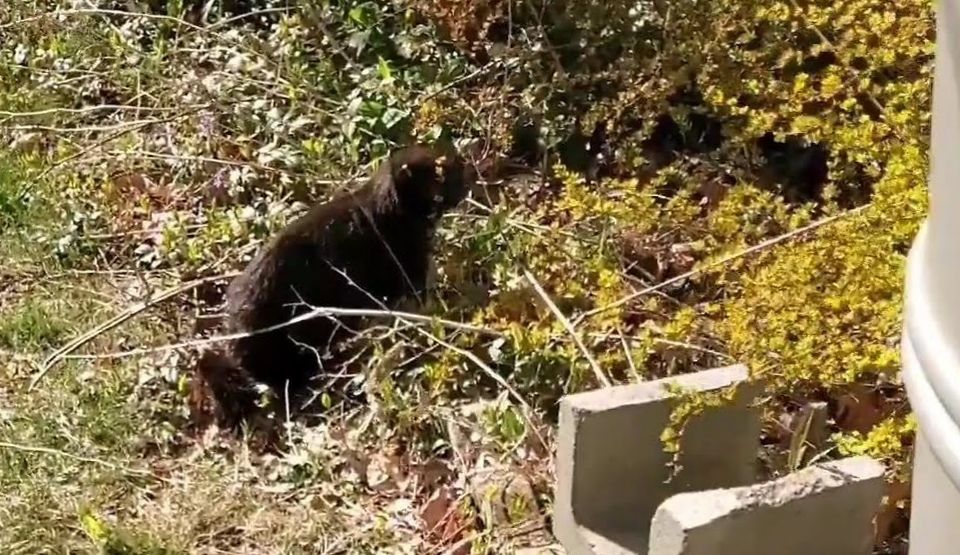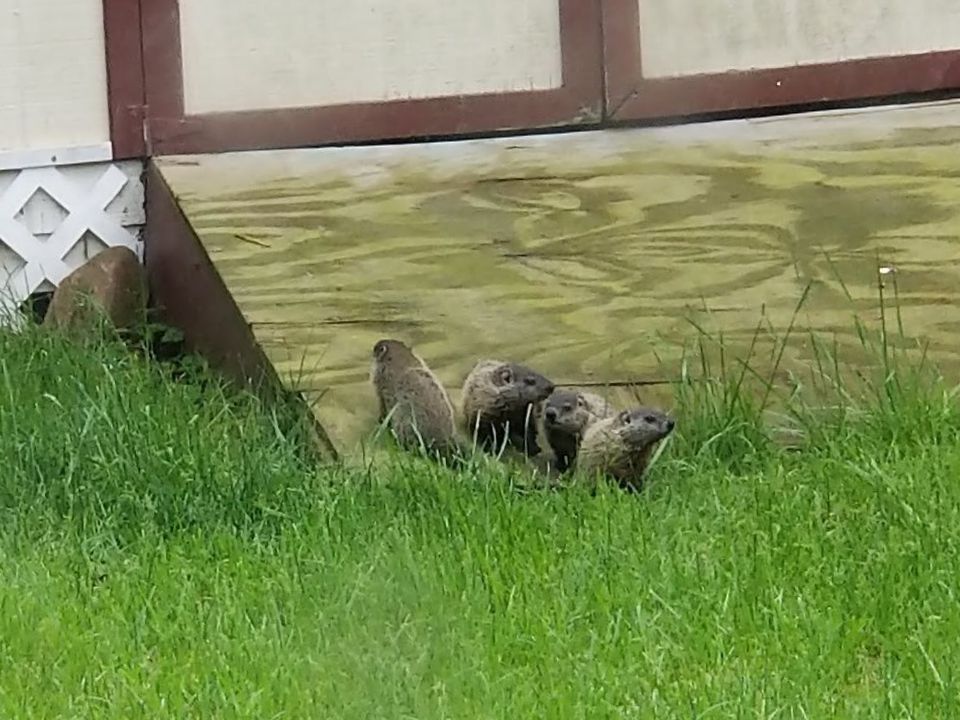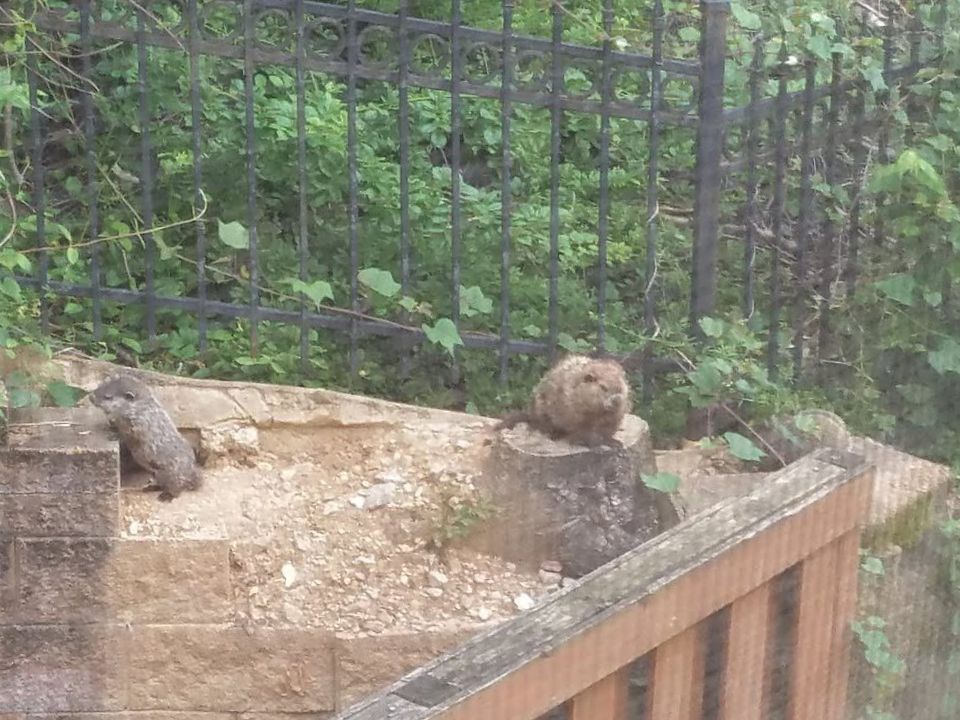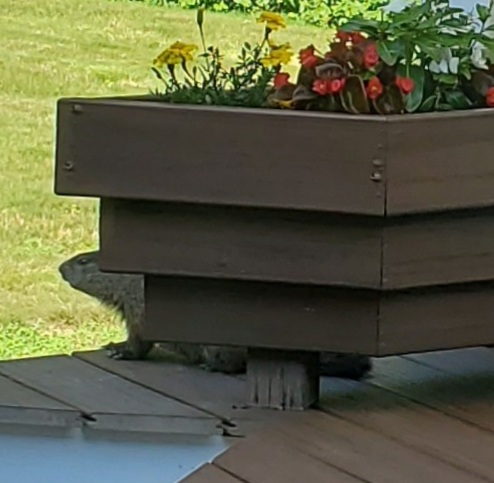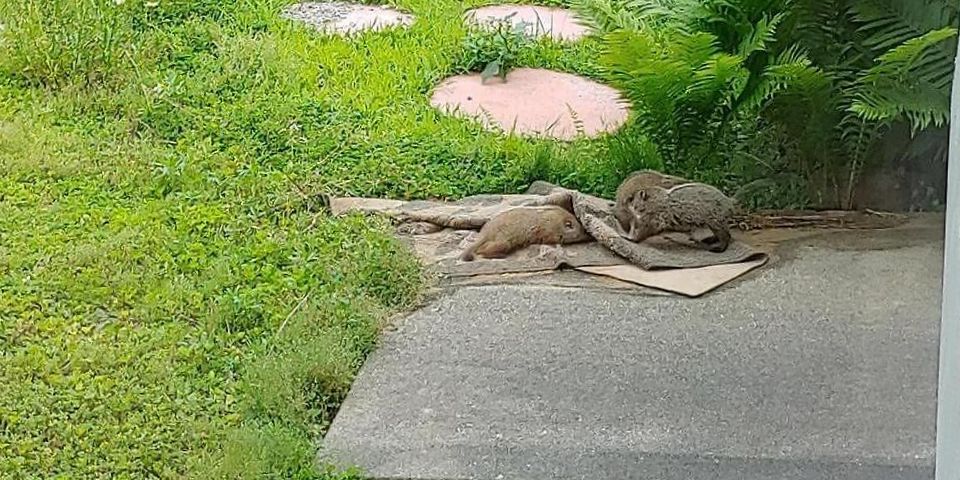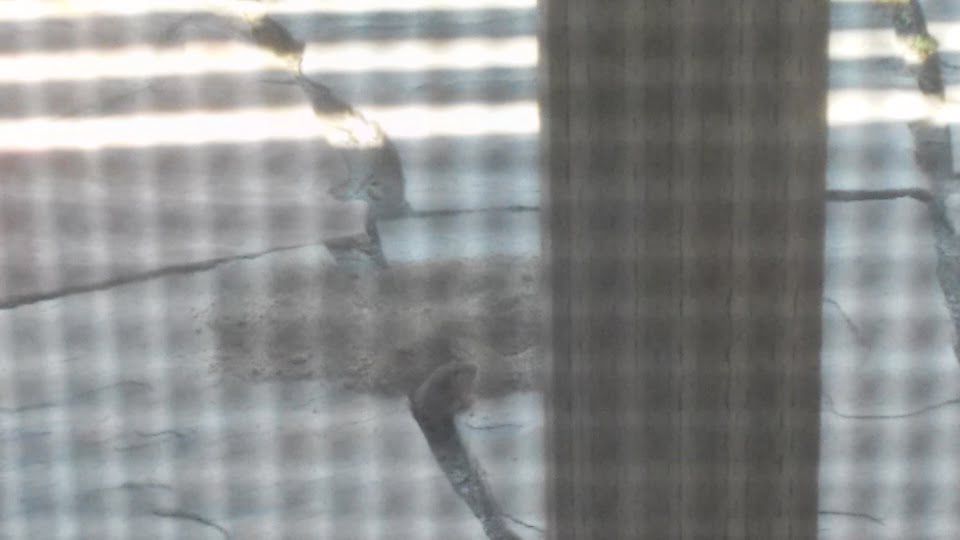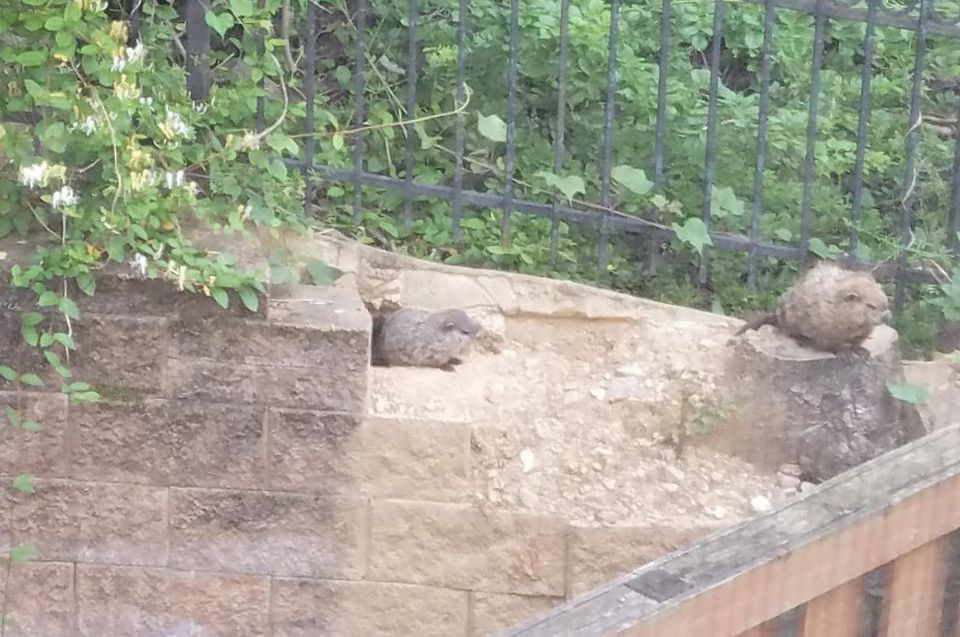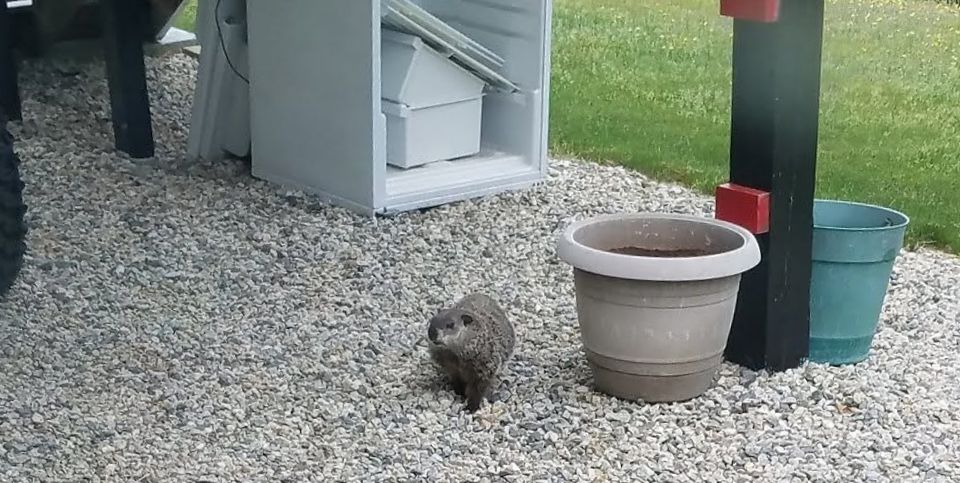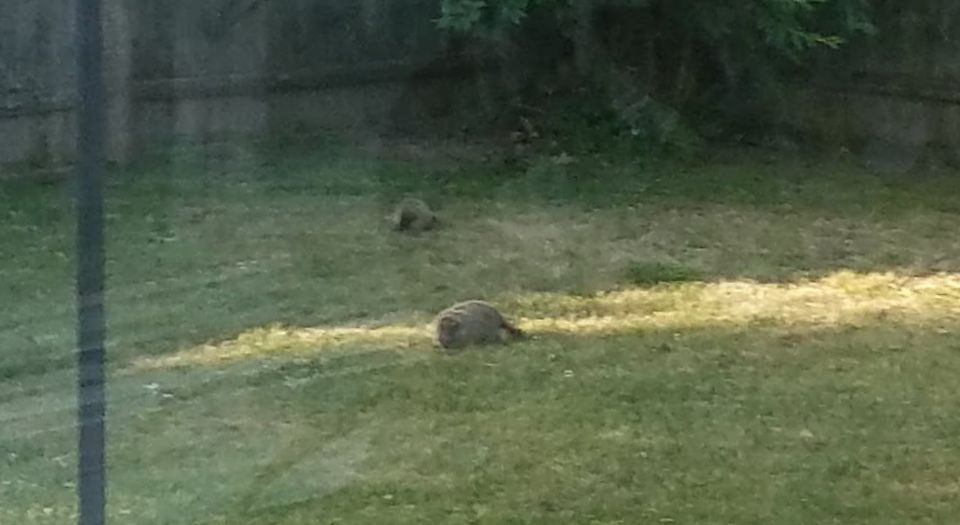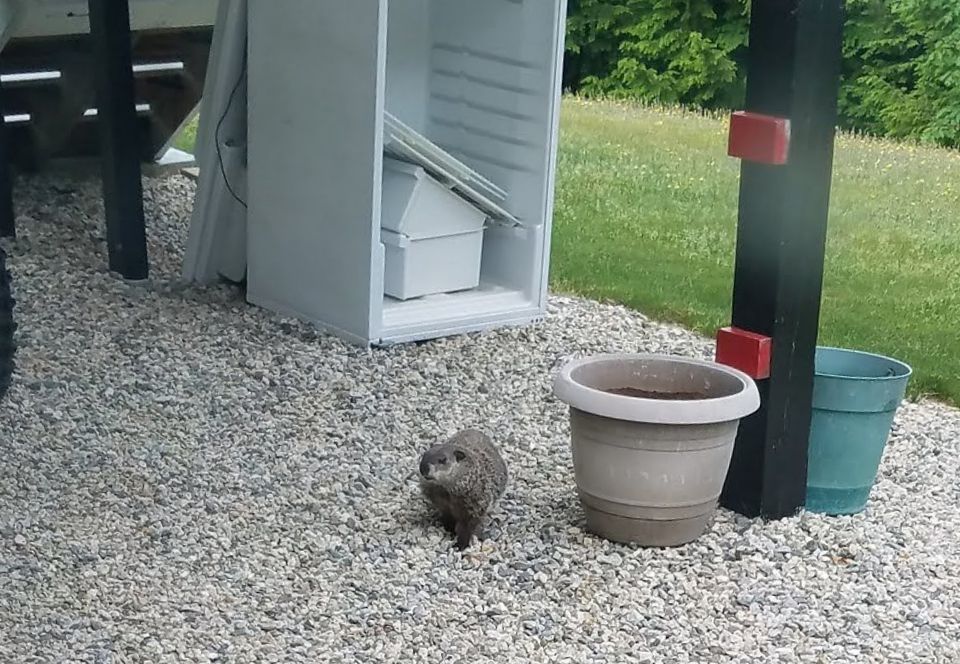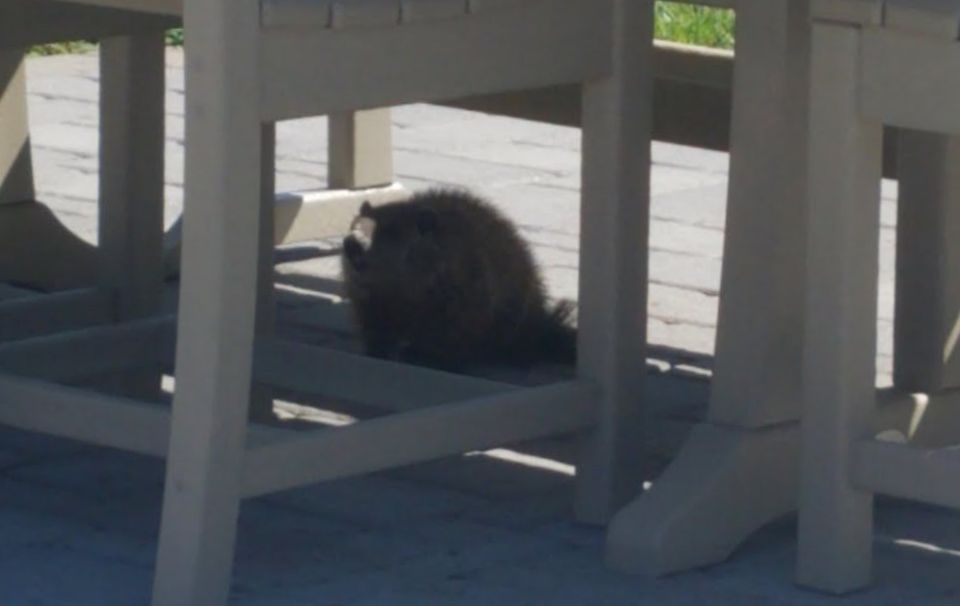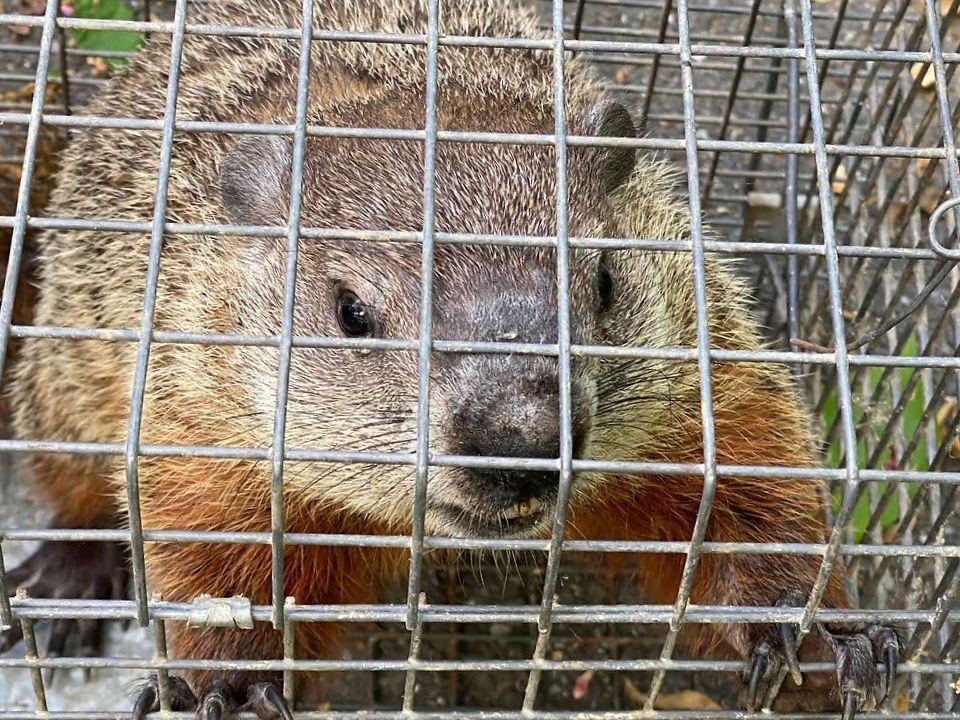Nationwide Trapping Services
Groundhogs, which also go by woodchucks, are rodents that are excellent destroyers of gardens, yards, and structural facilities like plumbing and electrical wiring. These critters are nocturnal and so you mostly just see the aftermath of their work without seeing them. They live in burrows and do not exhibit diurnal habits, except on rare occasions. Some reasons why groundhogs are harmful include:
- Groundhogs deface wooden structures in the yard, decks, and porches.
- During digging, groundhogs tamper with electrical wiring and piping systems that can lead to blackouts and leakages. This can also cause fire outbreaks.
- Groundhogs dig burrows that are an accident risk to children and pets.
- Groundhogs feed on plants, fruits, and roots and leave the remnants at the entrances to their burrows. These serve as media to grow a bacteria population, leaving you vulnerable to diseases.
- Groundhogs are herbivores that have sharp teeth and strong limbs. They use these to destroy garden crops, dig up roots, and waste plants. This causes loss to the farmer and defaces the yard.
These habits make groundhogs bad houseguests, and there is a need to remove them from your yard and home.
The safest way to get rid of groundhogs is to trap them. However, you must be sure that the trapping of groundhogs is acceptable in your state, and you have the skills and experience to trap the groundhog successfully.
What Prices Do We Charge?
Every wildlife situation is different: What type of animals? do you need trapping, prevention, repairs, cleanup? Call us and we can give pricing for your situation.
Groundhog Trapping
You can trap groundhogs using either a lethal body-grip trap that you mount over the burrow entrance or a live trap cage. The lethal cage usually works, but it's very dangerous to use and needs expertise and precision. Therefore, it requires professional handling and use. It is illegal to use lethal traps in most states because it often traps and kills other animals. A live trap is less successful in trapping groundhogs, but using the right bait and setting it in the groundhog's path may improve the chances.

Groundhog Trapping Techniques
Groundhogs cause major damage to yards and holes, and the best removal strategy will be to trap and eliminate them from your environment. To do this, you must first be aware of your state's regulations concerning wild animal removal and relocation to avoid major legal battles. You should check with the state's office of wildlife control and removal to ascertain what rules there are in your state. Though groundhogs look beautiful and cute, their innate destructive nature sets them apart as pests.Use the Right Trap
Most people prefer to use live traps because this is clean, and they do not have to dispose of the carcass. The use of live traps is also humane and safe. However, this will require getting the best traps in terms of size and procedure of use. The most common trap that is available for groundhog trapping is the one door trap. The animal activates the trap door to shut on entry, locking the groundhog in with no escape route. These traps come in varying sizes and lengths, and you should get one with sufficient space to trap the groundhog without it having any discomfort.
Lethal traps are also available, and these will kill the groundhogs once they come in contact with them. The lethal traps have triggers and are spring-loaded. These will close around the animal's body once it steps on the trap. The disadvantage is that pets are also at risk with this trapping method. With lethal traps, you must also deal with the carcass of the groundhog and disposal. In states where the killing of wildlife is against the law, you may also face legal battles or pay fines. Therefore, it is important to involve professional help when you have a case of a wildlife infestation.
How to Bait and Position a Groundhog Trap
To successfully trap a groundhog, you must position the trap in the right place. It is easy for those with groundhog infestation problems to tell where the burrow is because the groundhog often digs a large mound of sand and earth at the entrance of its burrow. You are also likely to see food remnants at the entrance of the burrow. So, place the trap directly at the burrow entrance or in the most obvious path of the groundhog. Since they are creatures of habit, they are most likely to get into the trap that way.
It is also very important to use the right food type as bait to prevent the trap from capturing another animal in place of the groundhog. Commercial groundhog baits are available at stores and pest control shops, but people have reported successful groundhog trapping with sunflower seeds, corn, and peanut butter. However, most people prefer using cantaloupe as the bait of choice. Groundhogs are not selective feeders, and so many fresh vegetables like broccoli and fruits will serve as good baits for groundhog trapping. When you place the trap at the burrow entrance, scatter some of the bait around the trap as a form of camouflage before filling the trap with the bait to encourage the groundhog to enter the trap cage.
Bait
To bait a groundhog, you should use fresh and nourishing fruits, plants, or vegetables. Consider the plants that are readily available in the environment for use because the groundhog will be less suspicious of this. Some fruits you can use as bait include bananas, apples, and peanuts. You can also use sunflower seeds, peanut butter, lettuce, and broccoli leaves.
Helpful Tips
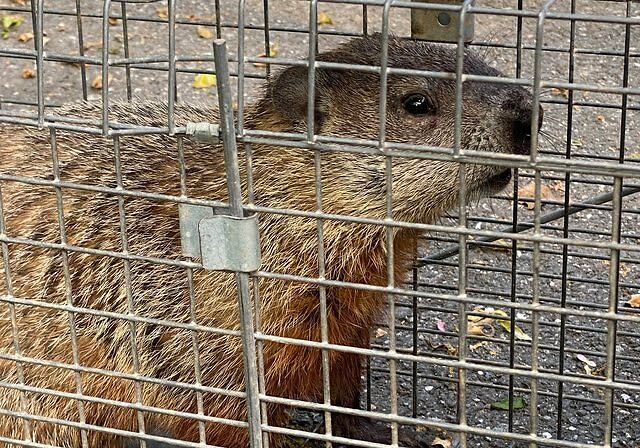 Befriend the groundhog: Before actual baiting, place a series of free food on the groundhog's path continuously for some time. This will make the animal less suspicious and walk right into your trap when you finally bait the groundhog.
Befriend the groundhog: Before actual baiting, place a series of free food on the groundhog's path continuously for some time. This will make the animal less suspicious and walk right into your trap when you finally bait the groundhog.
Blend your trap with the environment: You could cover your trap with straw or grass, debris, or soil to make it blend in with the environment.
Do not leave your body scent on the trap: Always wear gloves when setting or handling groundhog traps. Groundhogs are very sensitive animals and will perceive danger if they catch your scent around the trap. You can also wash the trap after purchase to reduce the human scent on the trap.
Handling and Removing the Groundhog
When you have a dead groundhog, do not remove it with your bare hands because carcasses are carriers of diseases and harmful pathogens. Wear safety gear like coveralls, boots, and rubber gloves to protect you. Use garbage bags to pick up the groundhog and properly dispose of it in a bin or call professionals.
How to Relocate Trapped Groundhogs
To relocate a groundhog, you must be careful to hold the cage with a towel or other protective materials to avoid bites or scratches. You should also take the animal a far distance from your house and yard to an area where it will be safe and free to exhibit its innate behaviors.
You should involve professional services when you have a groundhog infestation; these professionals have experience in animal removal and pest control.
Educational Articles
Our Locations: AL Huntsville | AR Little Rock | CT Bridgeport | CT Hartford | CT Waterbury | DC Washington | DE Wilmington | IA Des Moines | IL Chicago | IL Oak Forest | IN Indianapolis | IN South Bend | KS Kansas City | KY Lexington | KY Louisville | MA Boston | MA Lowell | MA Springfield | MD Annapolis | MD Baltimore | MI Ann Arbor | MI Detroit | MI Grand Rapids | MI Kalamazoo | MI Lansing | MI Oakland County | MN Minneapolis | MN St. Paul | MO Kansas City | MO Springfield | MO St. Louis | NC Charlotte | NC Fayetteville | NC Greensboro | NC Raleigh | NC Winston Salem | NH Manchester | NJ Elizabeth | NJ Hackensack | NJ Jersey City | NJ Newark | NJ Paterson | NJ Trenton | NY Albany | NY Buffalo | NY Nassau County | NY New York City | NY Rochester | NY Suffolk County | NY Syracuse | NY Westchester | OH Akron | OH Canton | OH Cincinnati | OH Cleveland | OH Columbus | OH Dayton | OH Toledo | OK Tulsa | PA Allentown | PA Harrisburg | PA Philadelphia | PA Pittsburgh | PA Quakertown | PA Reading | PA Scranton | RI Providence | TN Chattanooga | TN Clarksville | TN Knoxville | TN Memphis | TN Nashville | VA Arlington | VA Charlottesville | VA Fairfax County | VA Norfolk | VA Richmond | VA Virginia Beach | WI Green Bay | WI Madison | WI Milwaukee | WV Charleston | Washington DC | Toronto Canada |

